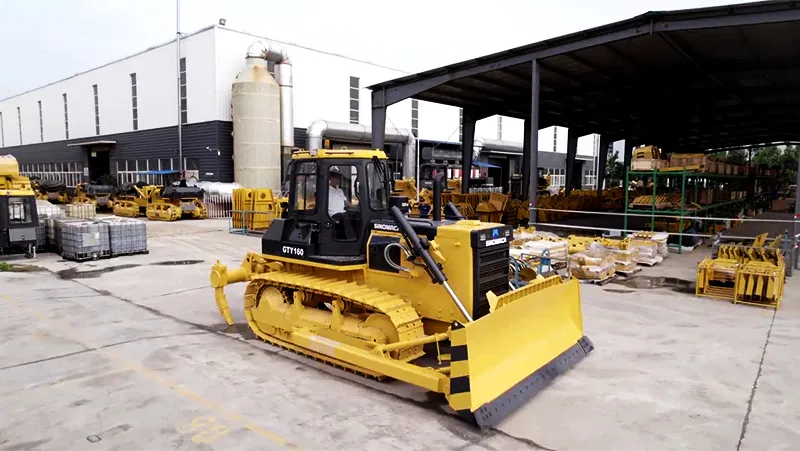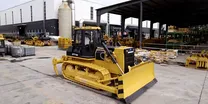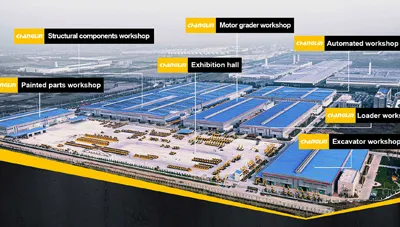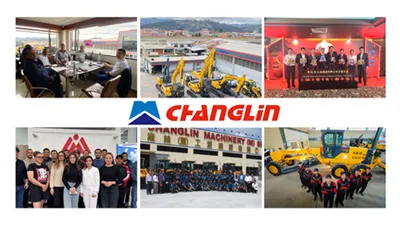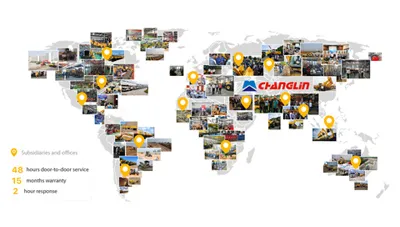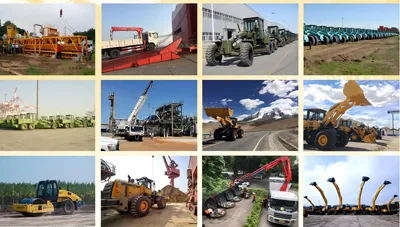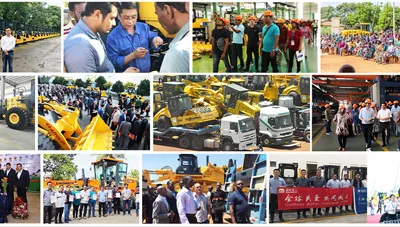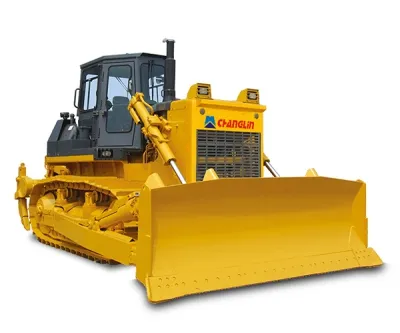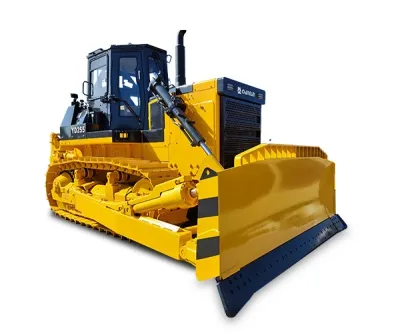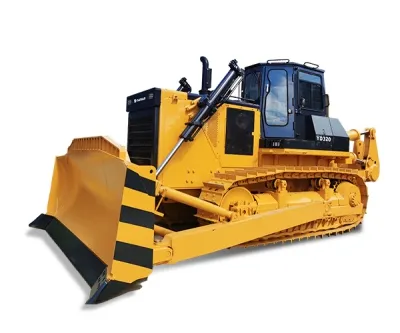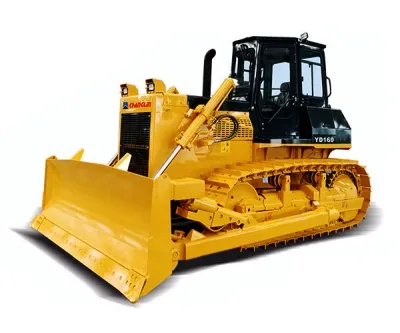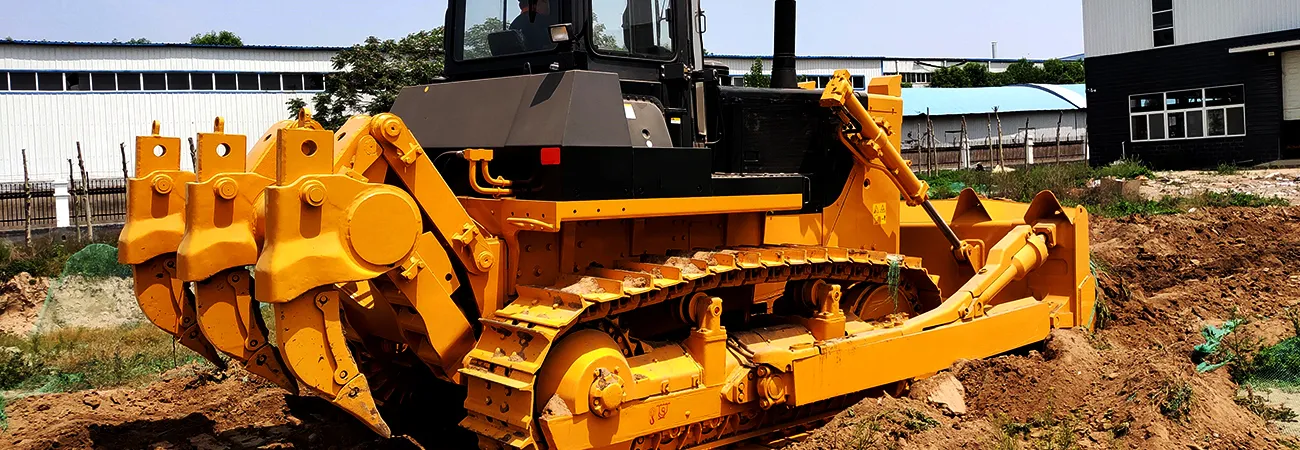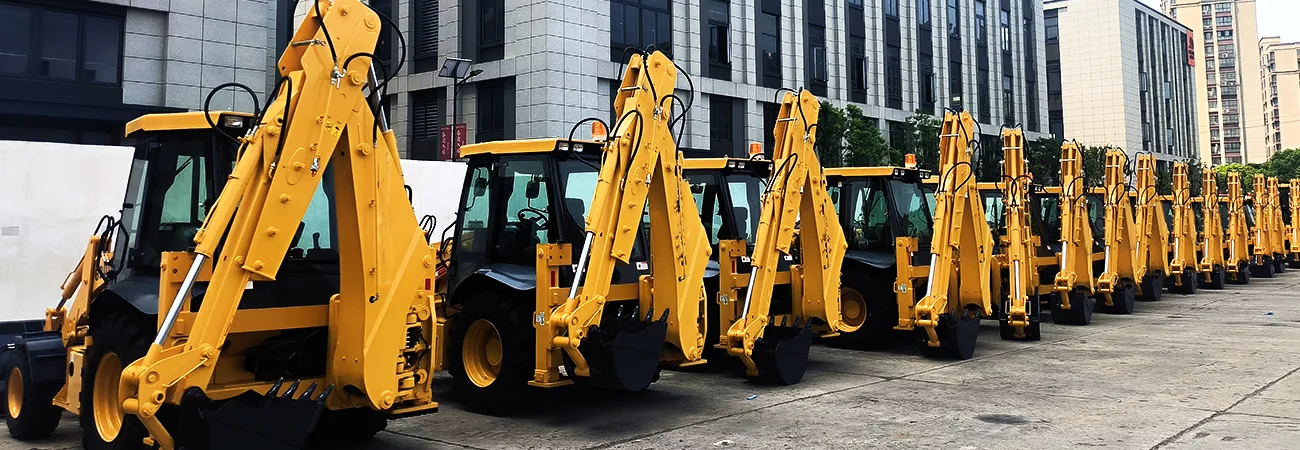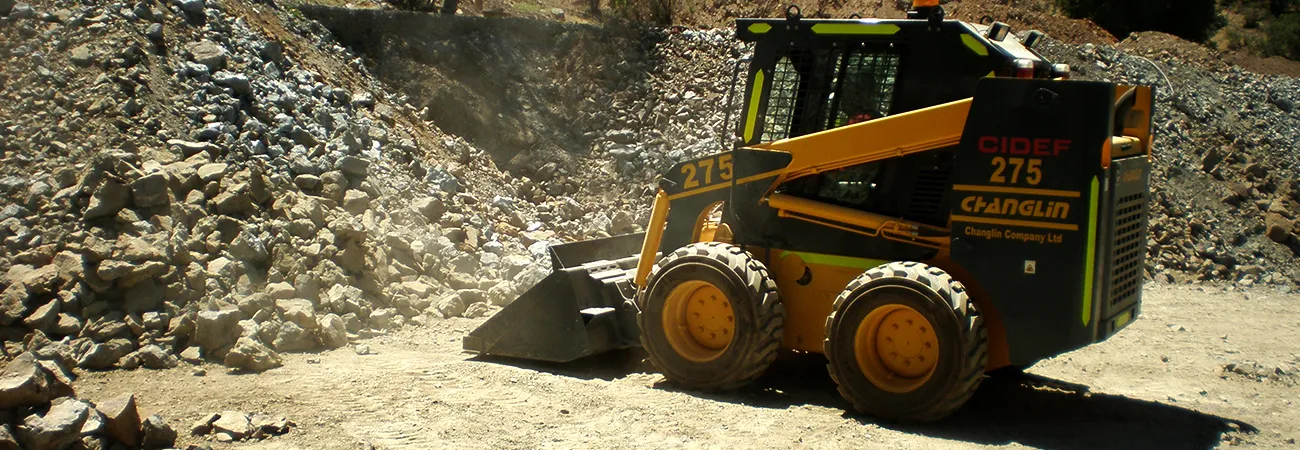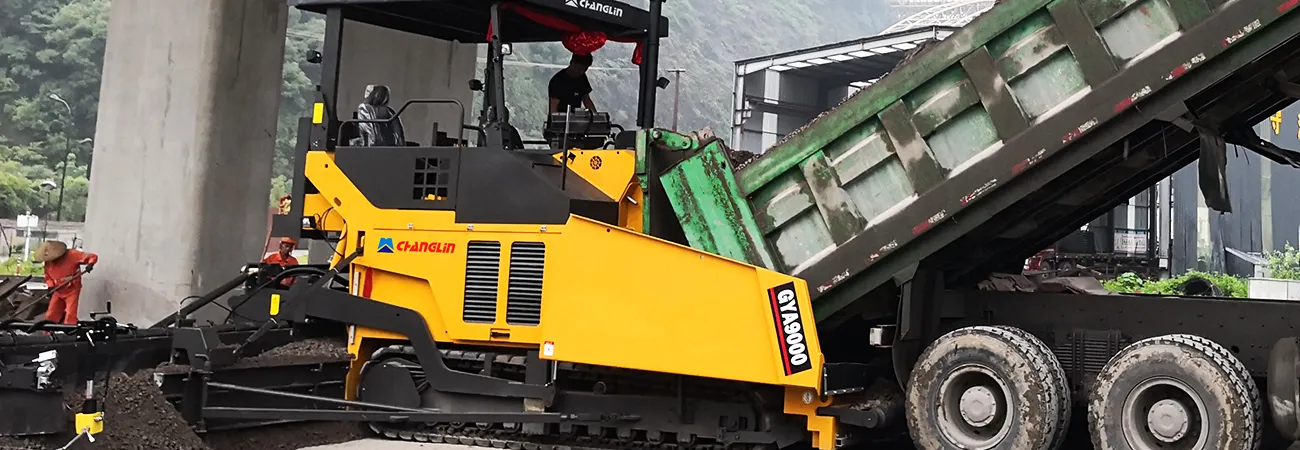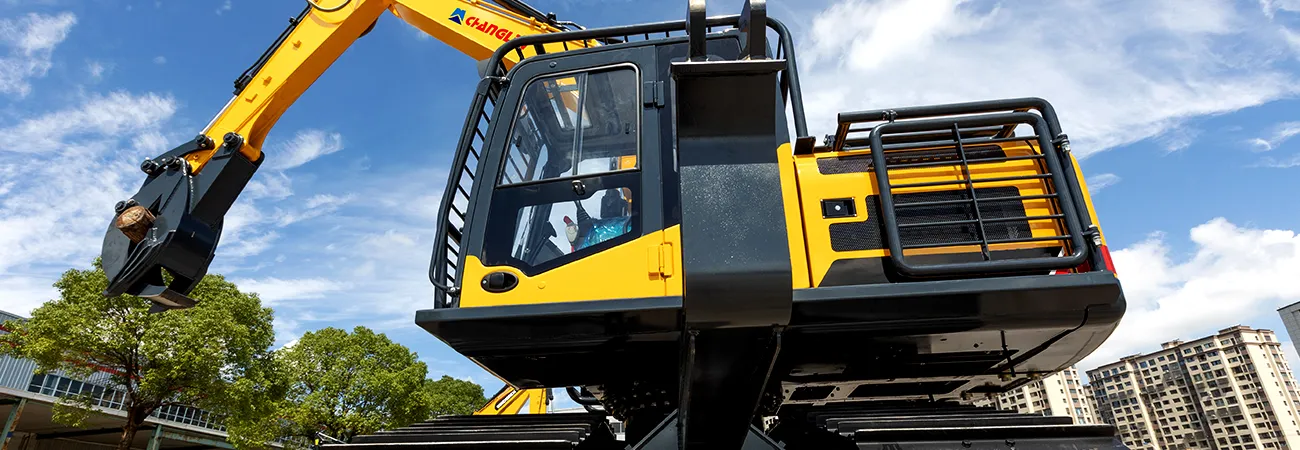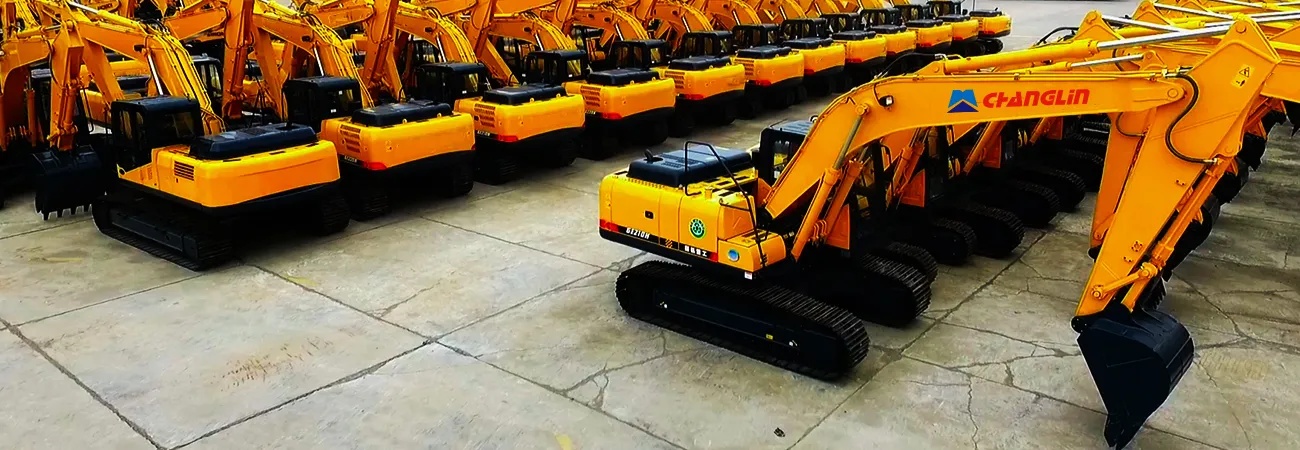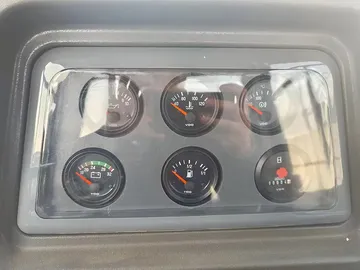
The central transmission system connects the gearbox to the final drive and has an important role in adjusting torque and directional flow within the powertrain. It transfers power to the steering clutch and final drive gears, allowing smooth driving, steering, and braking functions. The setup supports efficient gear shifting and maintains high mechanical performance throughout the operation.
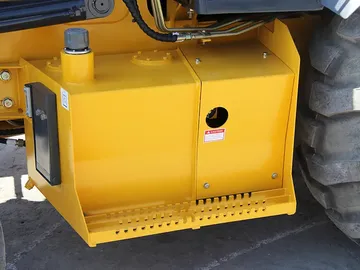
The hydraulic tank features an integrated valve design that keeps the layout compact and visually clean. This internal configuration simplifies the assembly process and maintains a high level of cleanliness, exceeding NAS 9 standards, effectively reducing the risk of failures in the hydraulic system.
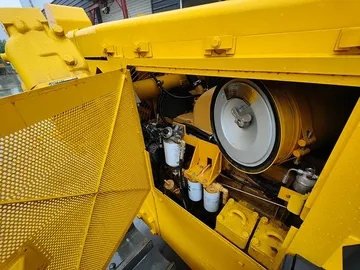
A semi-enclosed structure with elongated grille openings helps shield the engine while allowing smoother airflow. This setup improves cooling efficiency and contributes to significantly lower noise levels during operation.
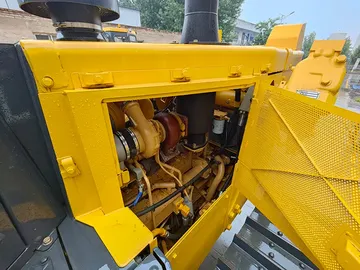
The bulldozer’s wiring system is built using components that meet the TS16949 quality standard, widely recognized in the automotive and machinery sectors. This ensures reliable electrical performance across the machine, reducing the risk of wiring failures even in long, continuous operations or harsh outdoor environments.
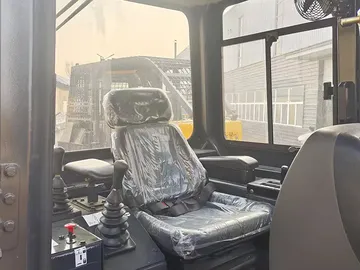
The cab features a wide-view design that complies with ROPS/FOPS standards, providing a spacious, bright interior and excellent visibility to support safer and more efficient operation.
- Model YD160
- Type Standard Hydraulic Crawler Type
- Engine model Weichai
- Displacement 9.726L
- Rated power 131kW@1850rpm
- Max. torque 830N.m@1000-1200rpm
- Operating weight 16.4ton
- Dimensions (without ripper) 4990×3440×3110mm
- Min. ground clearance 405mm
- Ground pressure 0.067MPa
- Track gauge 1880mm
- Dozing capacity 4.55m³
- Blade width 3440mm
- Blade height 1135mm
- Max. drop below ground 540mm
- Track shoe width 510mm
- Track pitch 203.2mm
- Number of track link 37
- Number of carrier roller 4
- Number of track roller 12 (8 double+4 single)
- Max. working pressure 14MPa
- Discharge 213L/min
- Max. traction force 146kN
- Gradeability 30°
- Forward Speed (F1) 0-3.29km/h
- Forward Speed (F2) 0-5.82km/h
- Forward Speed (F3) 0-9.63km/h
- Rear Speed (R1) 0-4.28km/h
- Rear Speed (R2) 0-7.59km/h
- Rear Speed (R3) 0-12.53km/h
SINOMACH has developed a global footprint, with marketing and service systems covering over 100 countries and regions.
Subsidiaries in West Africa, India, and South Africa, a joint venture in Malaysia, with offices in Mexico, Argentina, and the Philippines.
Supplied large-scale turnkey equipment packages including excavators, loaders, bulldozers, rollers, and graders for major infrastructure projects in Africa, mining operations in South America and the CIS, highways in West Africa, and engineering projects across Central Asia.


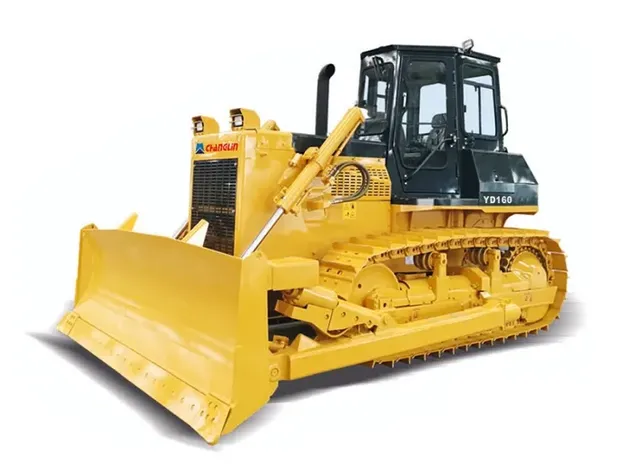
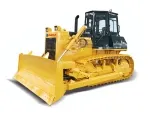
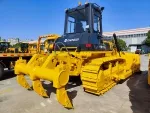
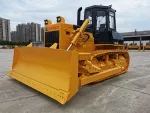
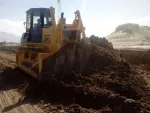
 Rated powerkW@1850 rpm
Rated powerkW@1850 rpm Dimensions (without ripper) 4990×3440×3110 mm
Dimensions (without ripper) 4990×3440×3110 mm Max. traction force 146 kN
Max. traction force 146 kN